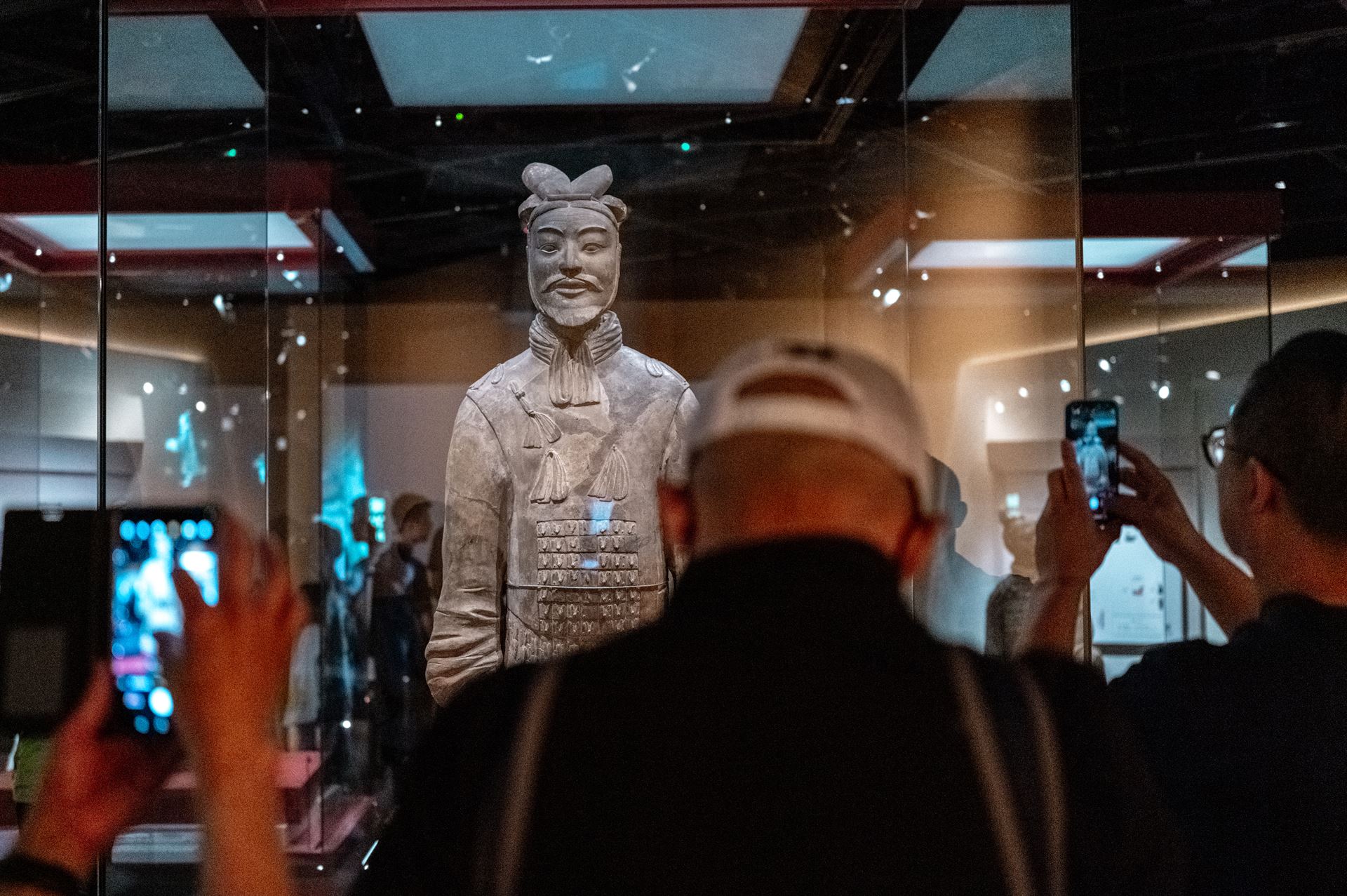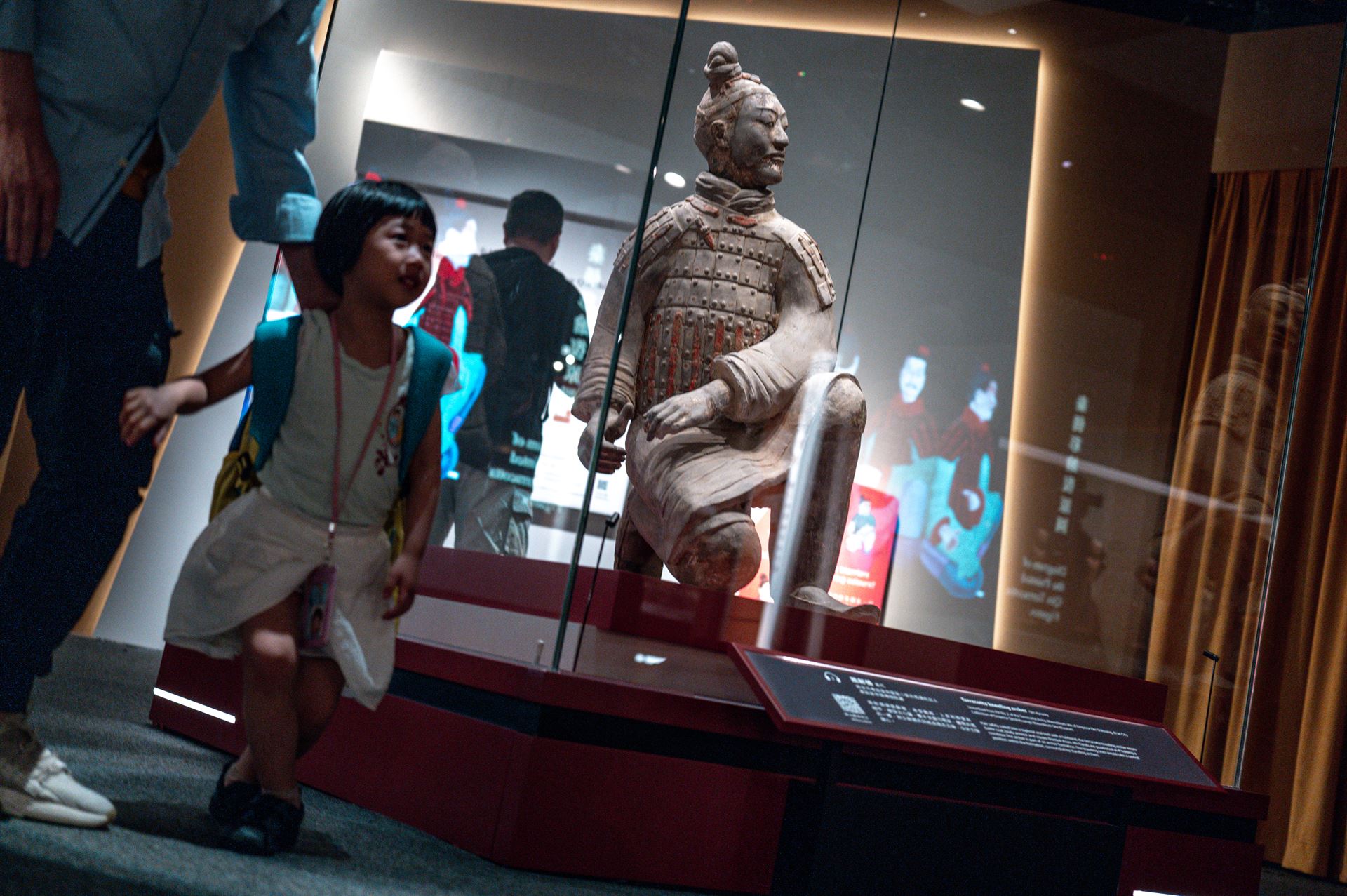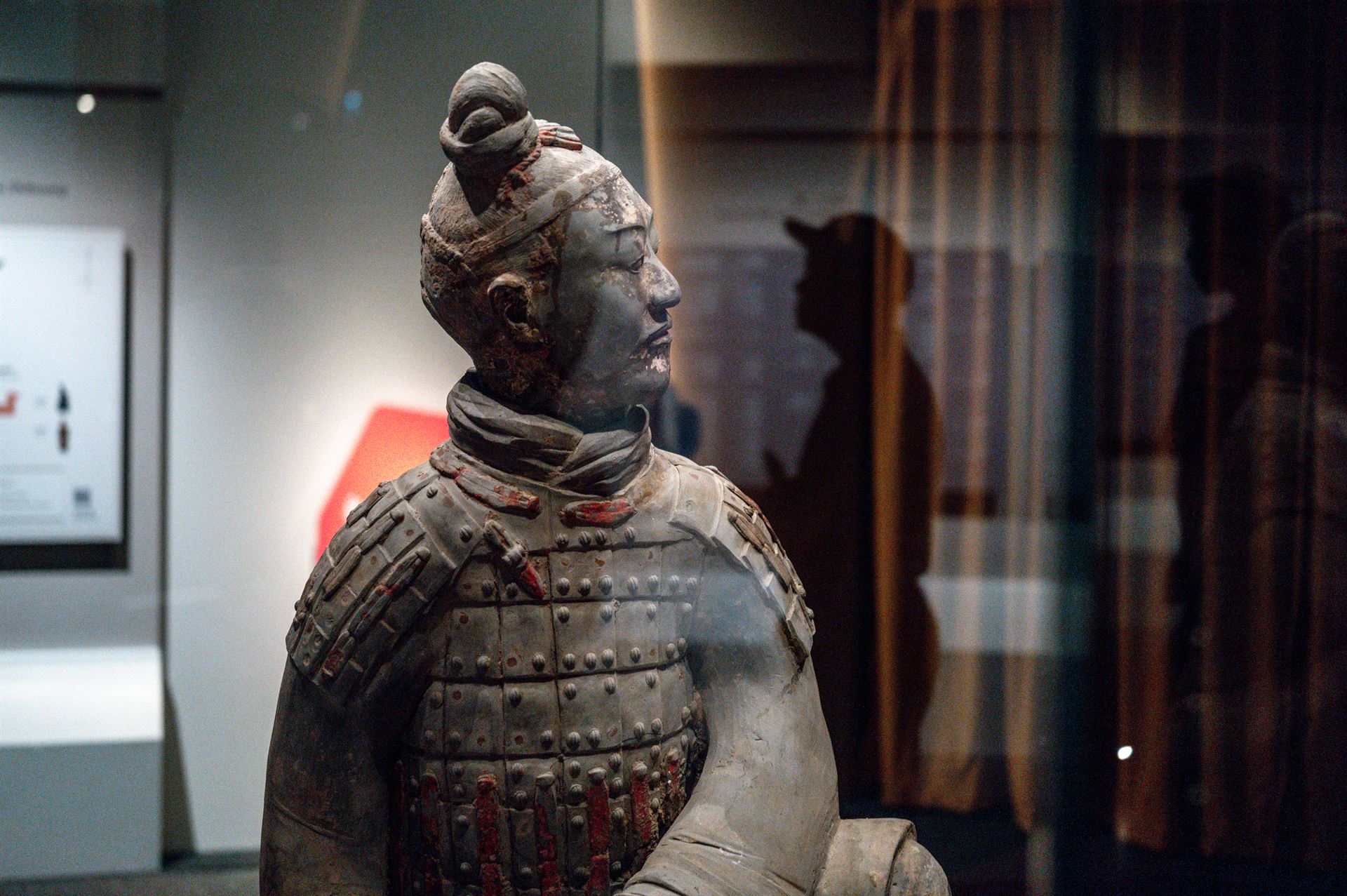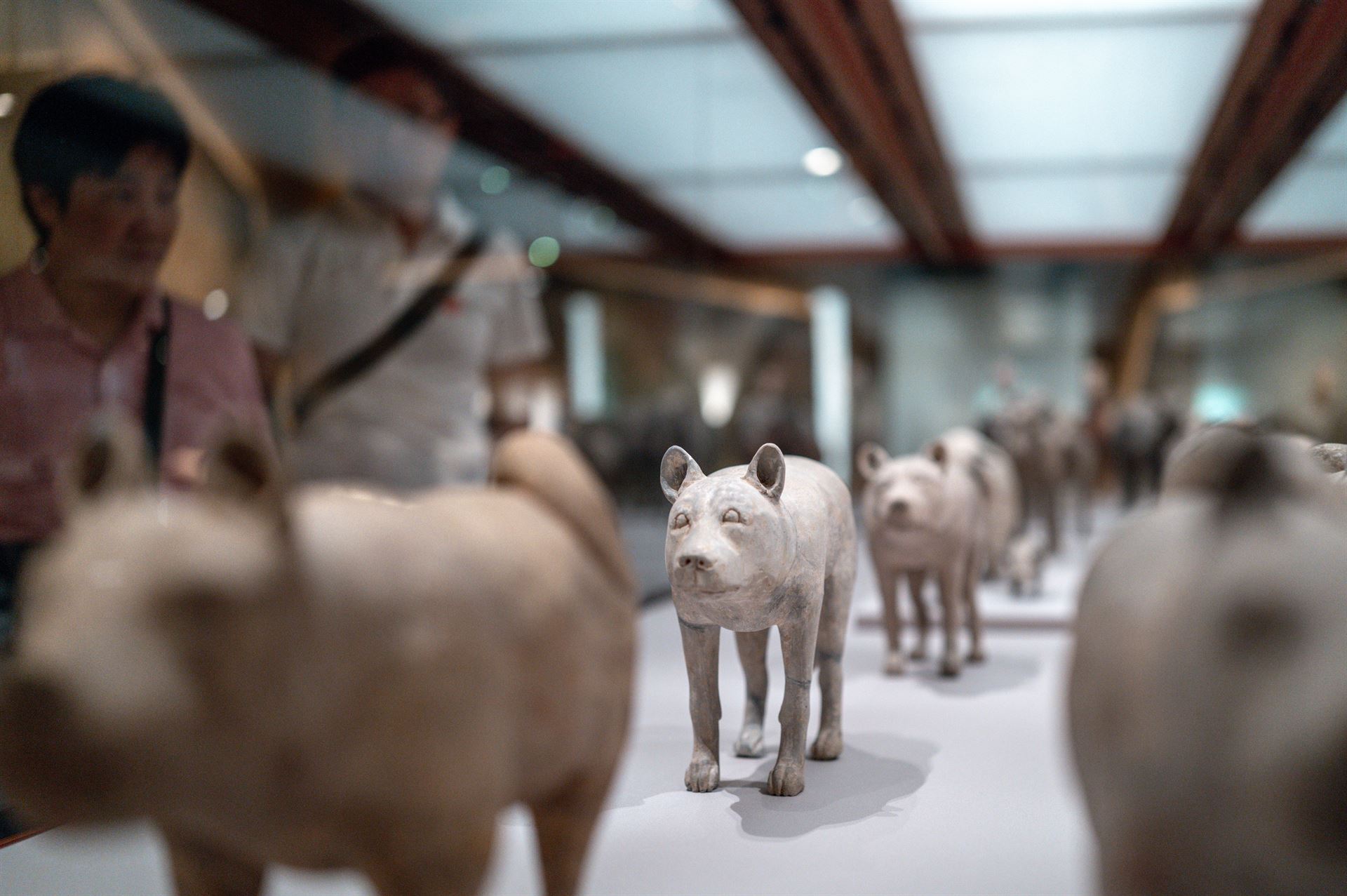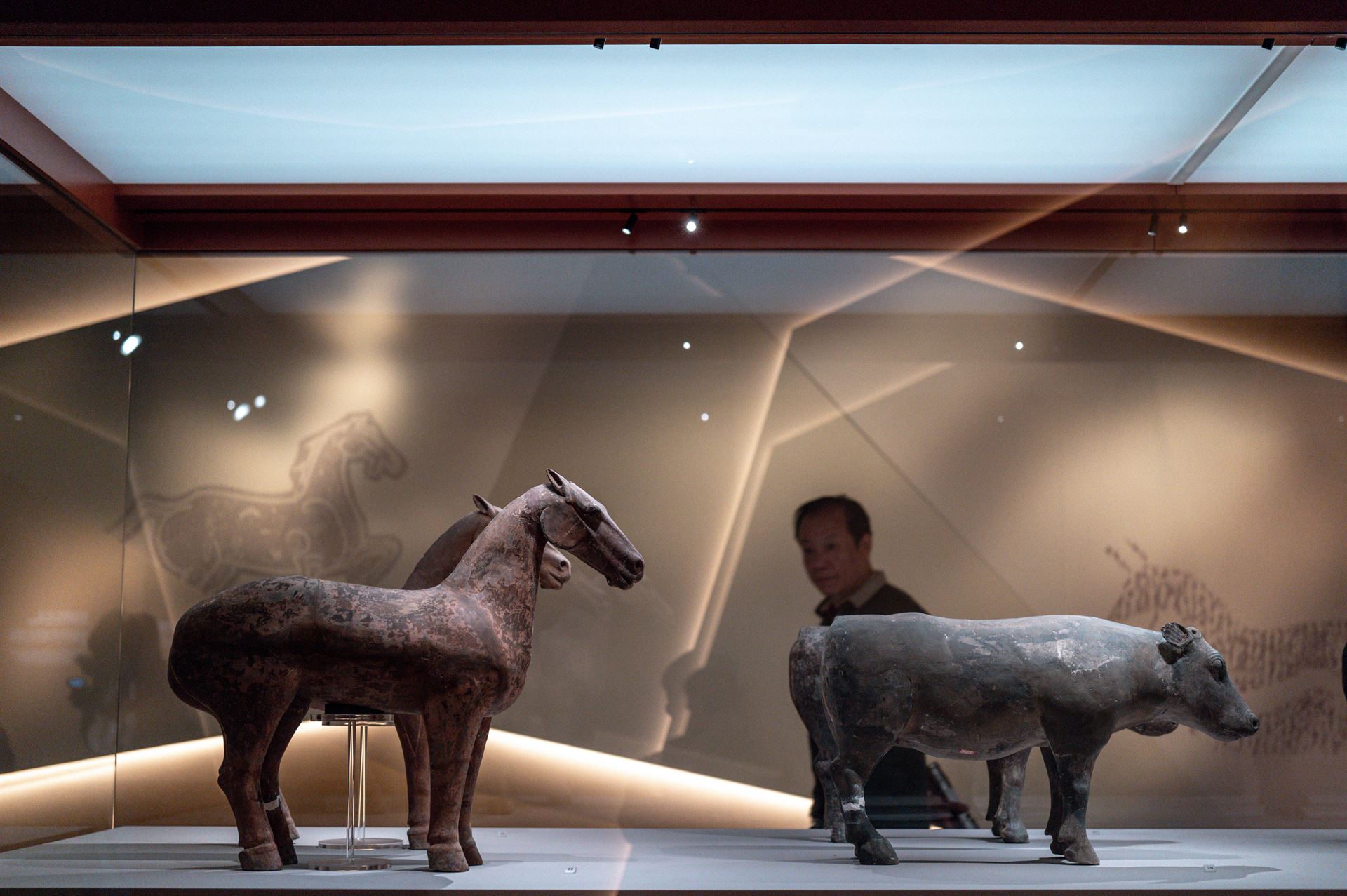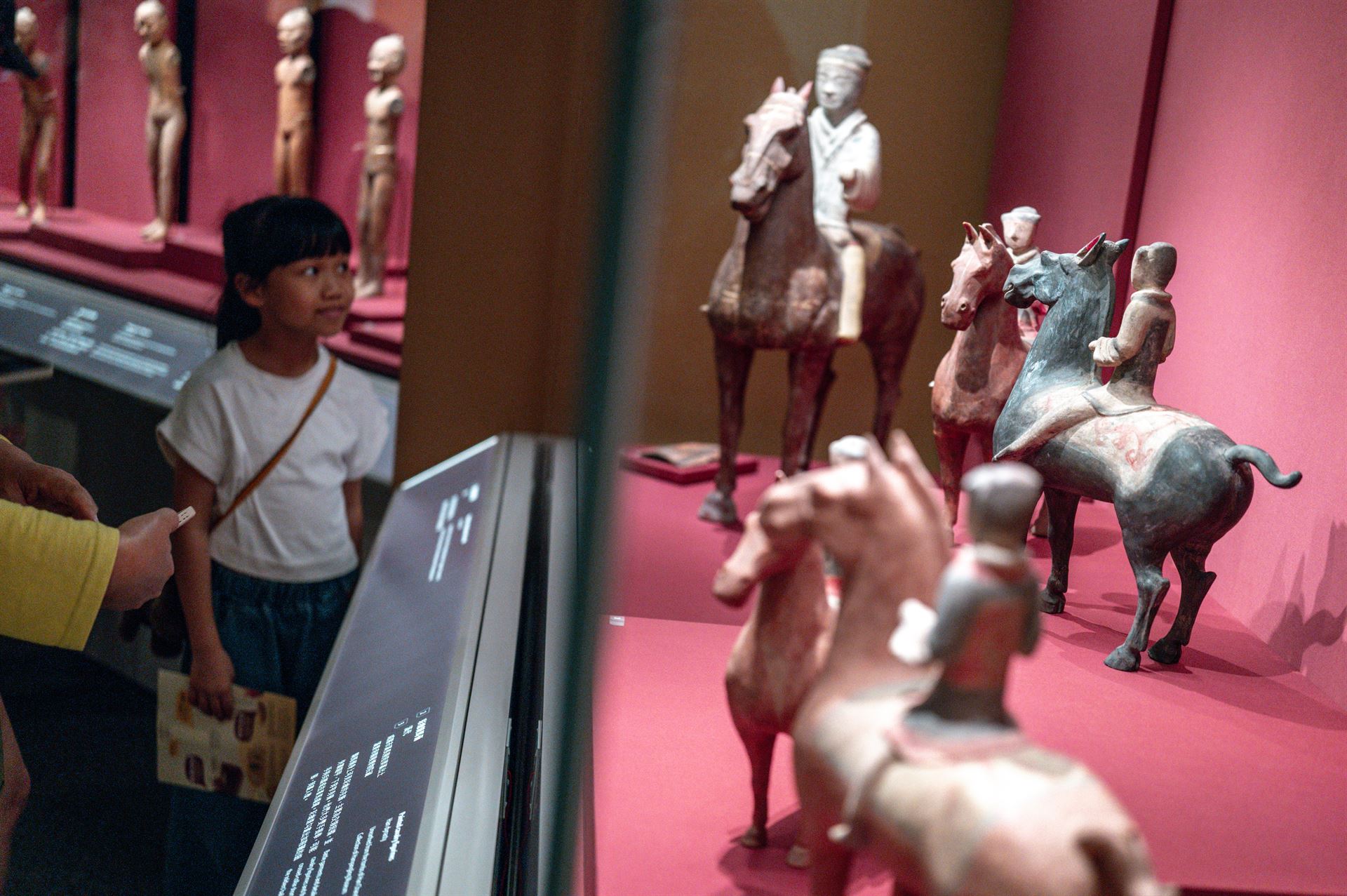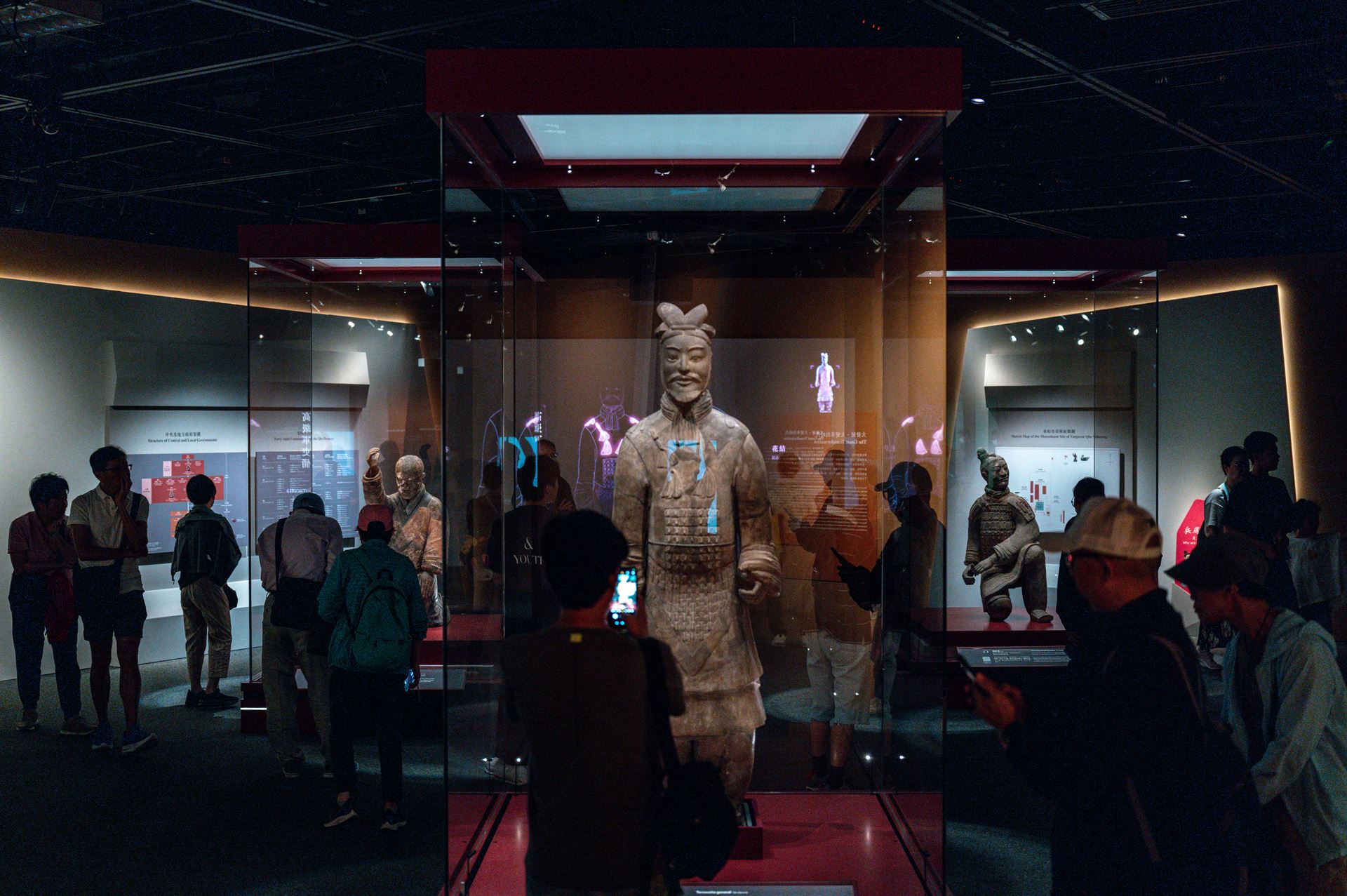
An exhibition exploring the legacy of ancient China began at the Hong Kong Museum of History on Wednesday.
Titled The Hong Kong Jockey Club Series: The Great Unity - Civilization of the Qin and Han Dynasties in Shaanxi Province, the exhibition showcases over 130 exhibits, including the terracotta army of Emperor Qin Shihuang, the first emperor of China, and artifacts from the reign of Emperor Jing of Han.
READ MORE: A showcase for Chinese culture
The exhibition includes three grade-one national treasures – terracotta figures from the Qin Dynasty (221-206 BC) – which are being displayed in Hong Kong for the first time. The event also highlights the development of politics, economy, culture, technology, and cross-border transportation in the Qin and Han dynasties, while also introducing the historical development of Hong Kong.
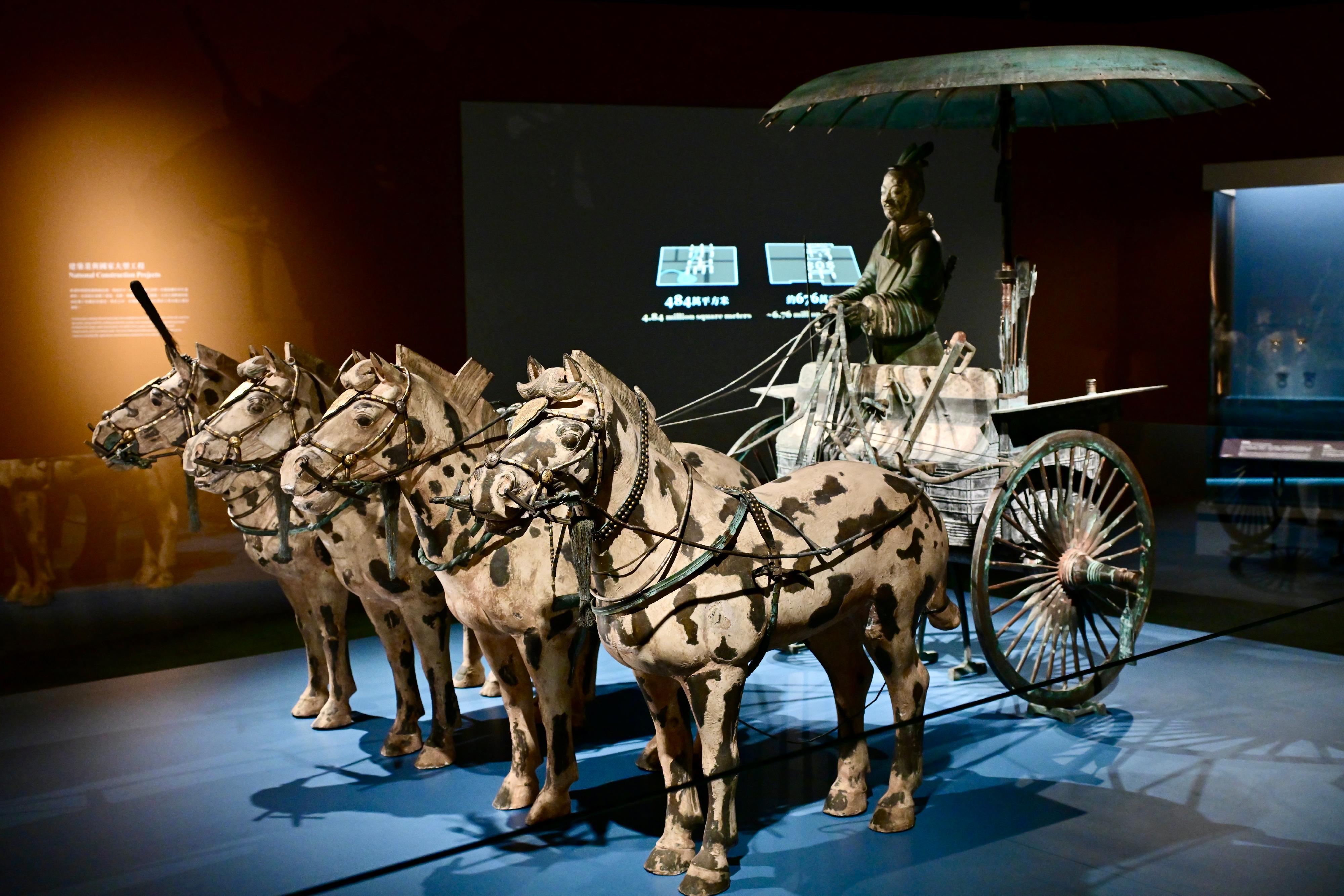
The exhibition also showcases a series of pottery animal figurines from the Han dynasty, unearthed from the Han Yangling Mausoleum, Shaanxi province, which reflect the prosperity of animal husbandry at the time. Among them, the pottery goat, wild dog, and domestic dog are exhibited outside the Chinese mainland for the first time.
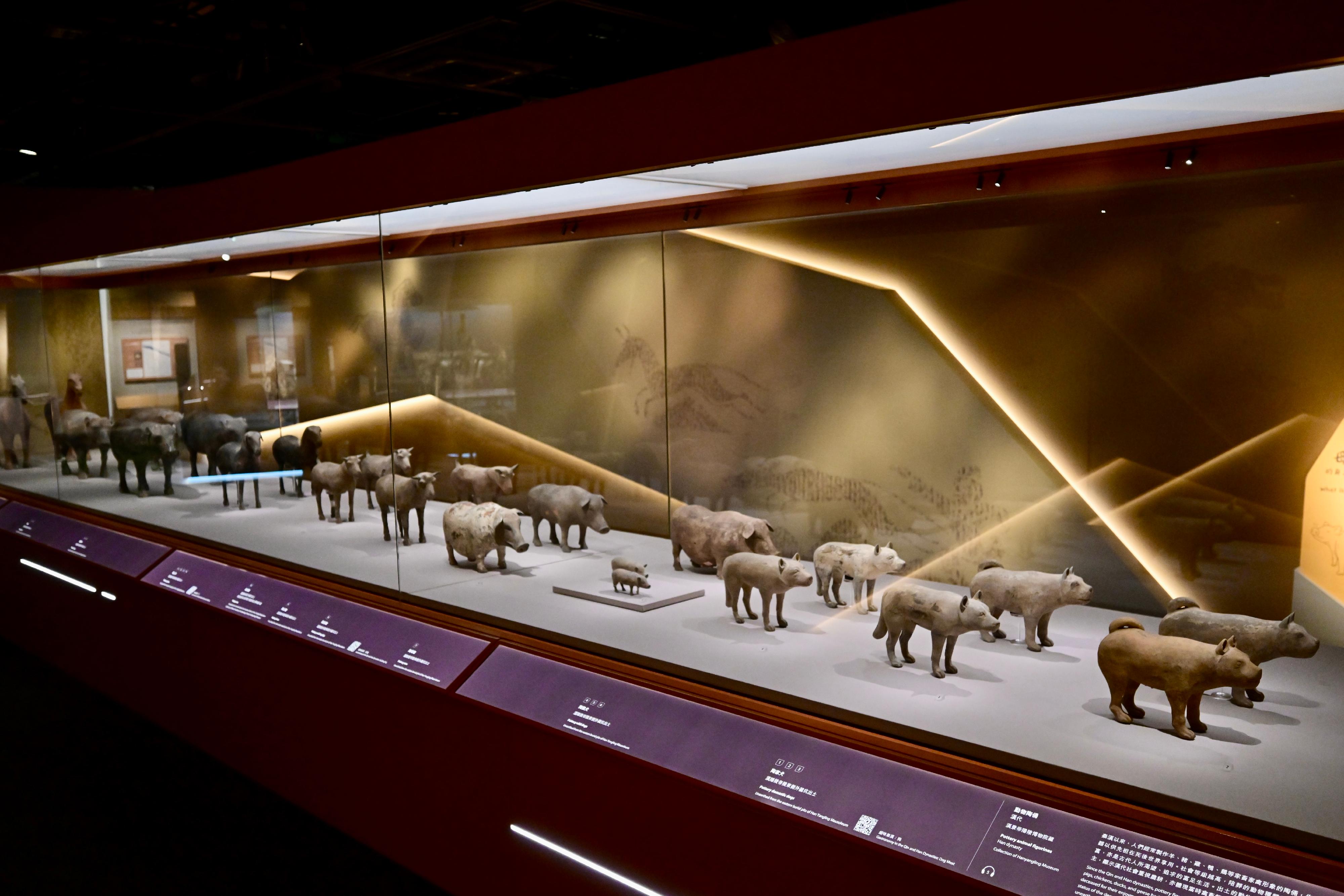
After a prolonged period of political divisions and conflicts during the Spring and Autumn Period (770-476 BC) and the Warring States Period (475-221 BC), the leaders of the Qin Dynasty (221-206 BC) and Han dynasties – Western Han Dynasty (206 BC-AD 24) and Eastern Han Dynasty (25-220) – succeeded in uniting China for the first time. Emperor Qin Shihuang established a centralized political system and standardized the systems of measurements and writing. The Han dynasty built upon Qin's foundations, leading to a prosperous empire that influenced the politics and culture of China for the next two thousand years, according to the event organizer.
READ MORE: A culinary journey
Running through July 7, the exhibition is the second program in the General History of China Series, collaborated by the Leisure and Cultural Services Department and the Shaanxi Provincial Cultural Heritage Administration and co-presented by the Hong Kong Museum of History and the Chinese Culture Promotion Office. Admission is free.
China Daily's Andy Chong took the photos on Wednesday.
